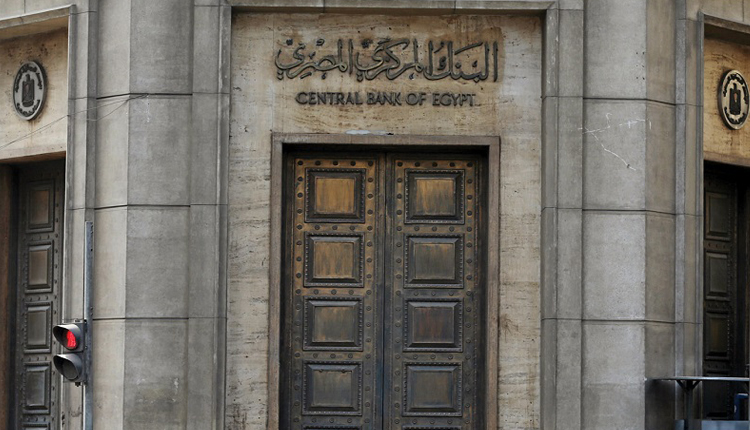Egypt’s GDP growth to resume recovering, benefiting from structural reforms
Economic growth in Egypt’s external environment continued to soften in the first quarter of 2019 for the third consecutive quarter, declining to 2.4 percent from 2.5 percent in the previous quarter and from 3.2 percent in the fourth quarter of 2017, the highest pace since 2011.
This remarks were made according to the most recent monetary policy report issued by the Central Bank of Egypt (CBE).
However, after easing for four consecutive quarters between the first and the fourth quarter of 2018, economic growth in advanced economies rose slightly to 1.6 percent in first quarter of 2019 from 1.5 percent in the fourth quarter of 2018 supported by higher growth in the United States, the United Kingdom and Japan, according to the report, which built on economic data till 11 July.
On the other hand, the report said, economic growth in emerging economies declined in first quarter of 2019 to 4.1 percent, compared to 4.9 percent in fourth quarter of 2018, after maintaining continuous improvement between final quarter of 2015 and 2Q 2018 supported by lower growth in Russia, India, and Brazil.
Annual global trade growth continued to slow for the sixth consecutive quarter in the first quarter of 2019 to register 0.5 percent, compared to 1.6 percent in the previous quarter, and down from a peak of 5.2 percent in this quarter of 2017.
For Gross Domestic Product (GDP), the report said that real GDP growth continued to increase slightly to record a preliminary estimate of 5.7 percent in the second quarter this year and 5.6 percent in financial year 2018/2019, the highest since financial year 2007/2008, while the unemployment rate continued to decline to reach 8.1 percent in the first quarter this year from 8.9 percent in the previous quarter.
Real GDP growth is expected to continue recovering, benefiting from continued structural reforms. Meanwhile, the primary financial balance is targeted to record a surplus of 2.0 percent of GDP in financial year 2018/2019 and to maintain this surplus in subsequent financial years to reduce debt levels, thereby yielding a 5.5 percentage points consolidation over the previous three years.
Accordingly, the inflation outlook continues to incorporate the recently implemented fiscal measures that included reaching cost recovery for most fuel products and fuel price indexation to underlying costs with quarterly revisions, as well as the increases in electricity prices.
Meanwhile, the overall financial deficit is targeted to continue declining to record a preliminary 8.2 percent of GDP in financial year 2018/2019 and 7.2 percent of GDP in financial year 2019/2020, and to further decline thereafter, according to the report.
It also reported that Brent crude oil prices incorporated in the domestic inflation outlook remained unchanged compared to the previous Monetary Policy Report, while spot prices remain subject volatility due to potential supply-side factors as well as geopolitical risks.
Meanwhile, international food price forecasts relevant to Egypt’s consumption basket are expected to decline slightly during 2019 before increasing in 2020.
In addition to international commodity price developments, and particularly that of international oil prices which can pass through to domestic inflation via quarterly price adjustments under the fuel price indexation mechanism, risks surrounding the domestic inflation outlook from the global economy continue to include trade tensions and economic growth developments, according to the report.
Source: Ahram Online



